Development in Northeast India: Insights from the JICA Chief Representative
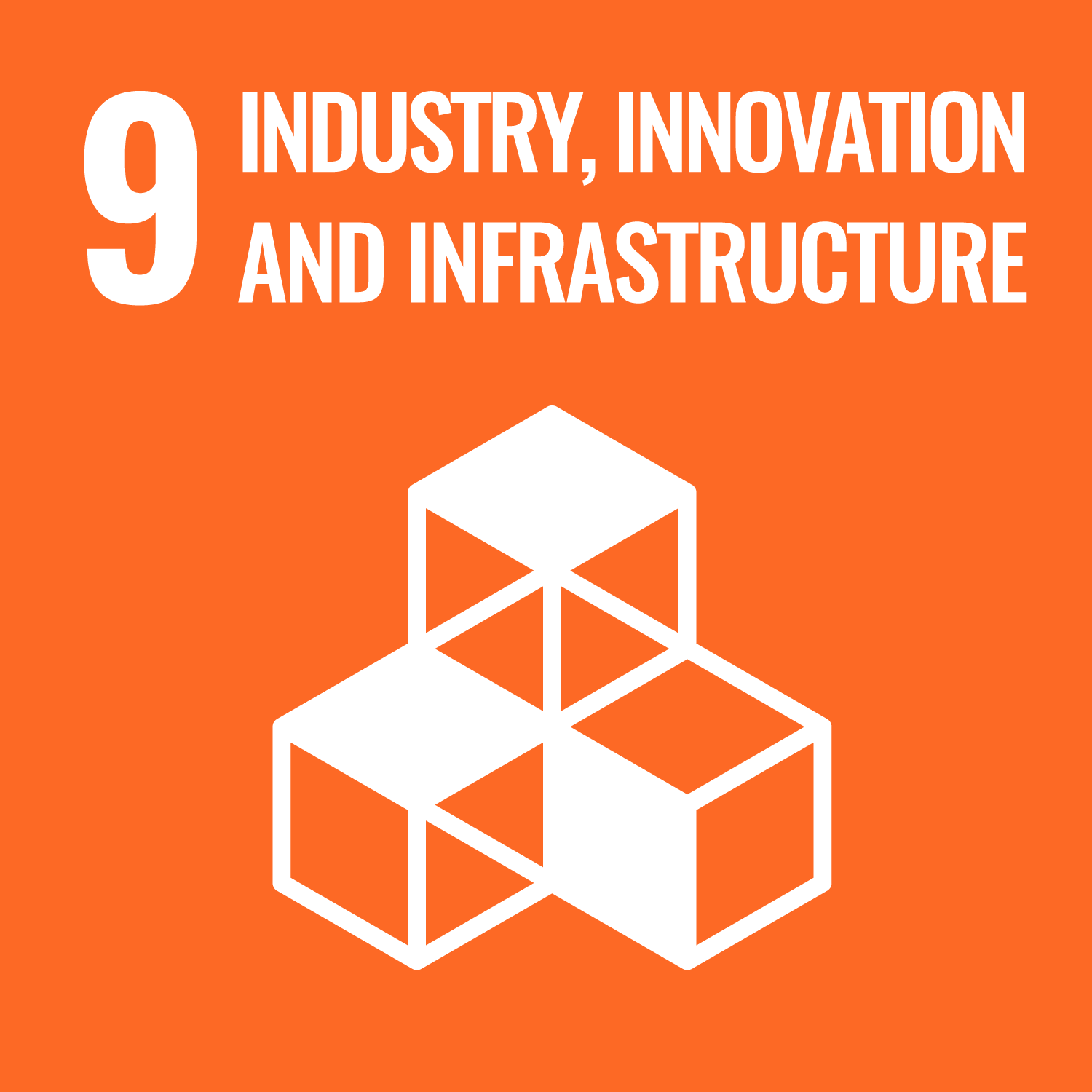
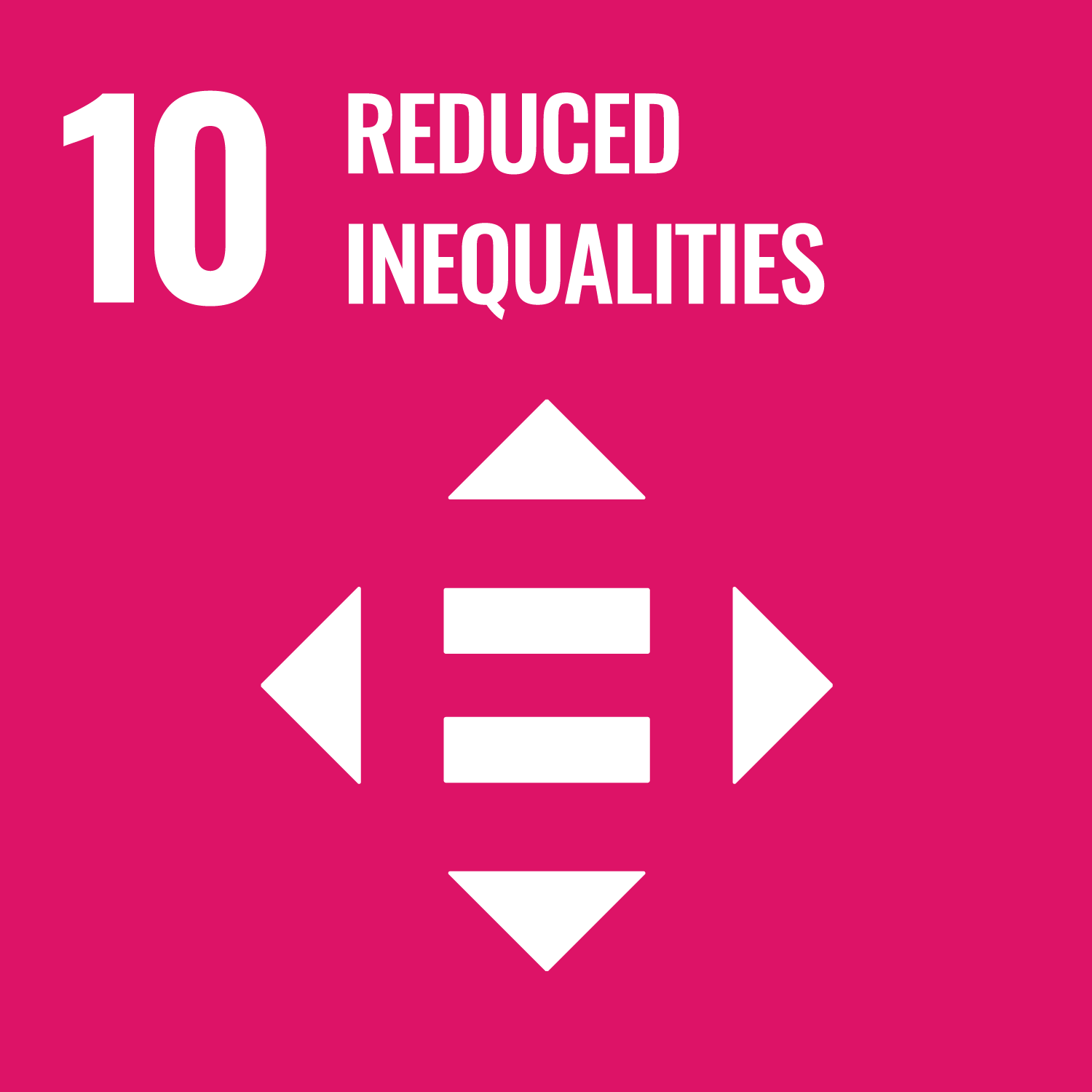
2023.10.13
Northeast India is often referred to as an “unexplored” land. But it is now the site of more than 750 kilometers of new road construction financed by JICA, meant to enhance regional connectivity and promote socioeconomic development. This construction will not only facilitate travel within the country but will also strengthen economic ties with neighboring countries such as Bangladesh. Home to majestic nature and a diversity of ethnic groups and cultures, this region also serves as an important gateway connecting India to other members of the Association of Southeast Asian Nations (ASEAN) by land. We spoke to Saito Mitsunori, Chief Representative of JICA's India Office, about the region’s characteristics and the current state of infrastructure development.
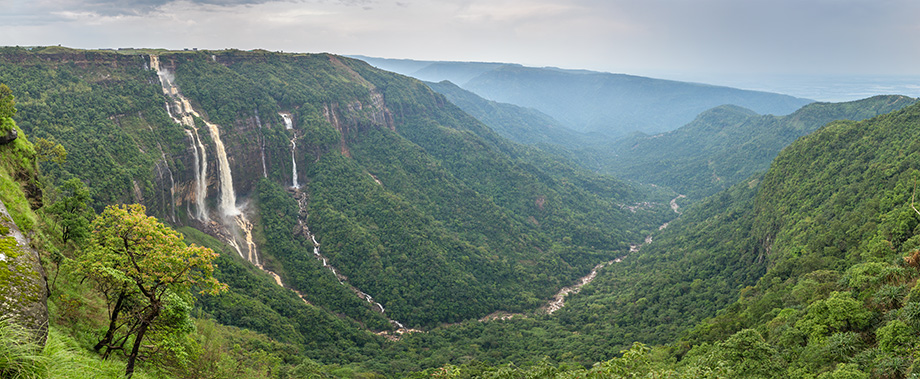
Meghalaya, Northeast India.
The Northeast India region comprises eight states at the easternmost tip of India, and shares its border with countries like Myanmar, Bhutan, and Bangladesh. It is predominantly mountainous, with towns and farming villages nestled between valleys of several hundred meters in depth and mountains several thousand meters high. The region is home to many different ethnic and religious communities who contribute to its culturally rich environment. For example, Christians make up nearly 90 percent of the population of the northeastern states, such as Mizoram and Nagaland, while Hindus and Muslims make up 82 percent and 12 percent, respectively, of the population of India as a whole. The facial features of the people in these areas are similar to those of Japanese and other East Asian peoples, giving the region a further distinctive characteristic compared to other parts of India.
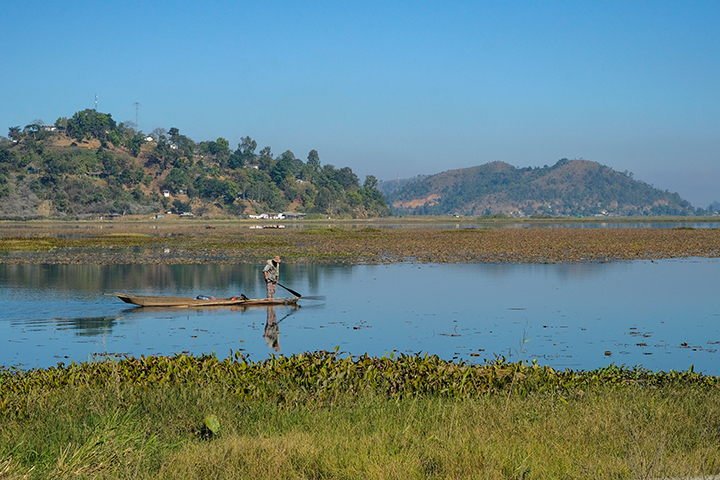
Northeast India is rich in diversity with distinct characteristics across its regions.
Loktak Lake in Manipur, which borders Myanmar.
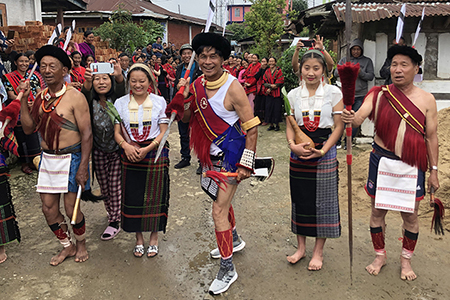
Nagaland, home to various ethnic minorities.
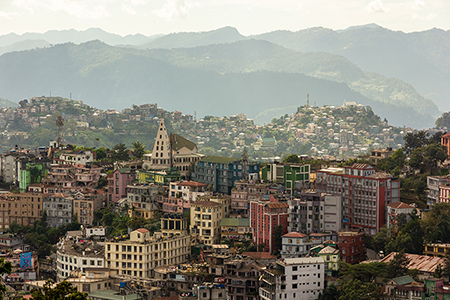
Mizoram, entirely nestled within the mountains,
with large towns on mountain ridges.
Northeast India is connected to the rest of the country by a small strip of land some 20 kilometers wide. Due to this and the mountainous terrain, the movement of people and goods is challenging, and infrastructure development and other forms of development have been limited.
The development of road infrastructure, for example, has been delayed due in part to technical and financial difficulties concerning landslide countermeasures such as the reinforcement of mountain slopes and construction of drainage channels. Less than 30 percent of all the roads here are paved (the national average is about 70 percent), and even when it comes to national highways, the proportion comprising at least one lane on each side of the road remains at about 50 percent (80 percent nationally). These challenging conditions hinder the stable supply of goods and access to healthcare and educational facilities for local residents, and serve as obstacles to economic development. JICA is currently supporting road development projects in this northeastern region to improve people's lives and promote regional development.
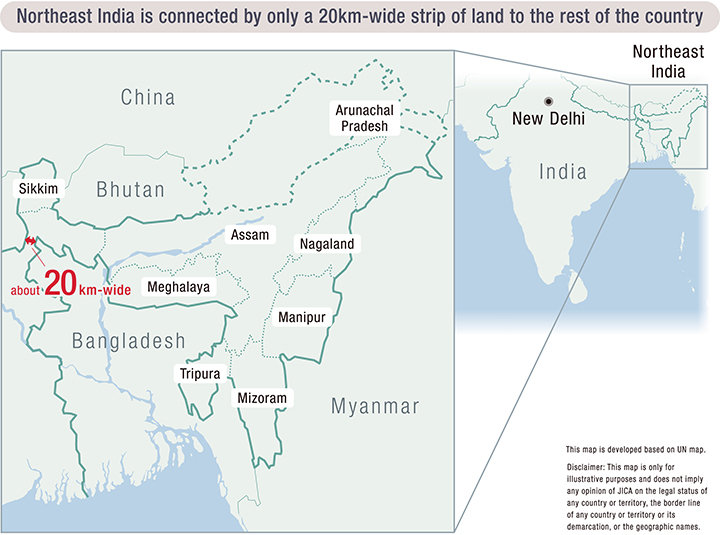
Last April, Saito Mitsunori, Chief Representative of JICA’s India Office, visited the site of road development in the state of Tripura. He spoke of driving on a road that was partially open at the time. “The mountainous region previously only had winding, narrow, unpaved roads,” he says. “The newly opened two-laned road, which was wide and paved, improved access from remote villages to the central cities, cutting down on travel time that once took hours. The smooth movement of people and goods has had a significant impact on the lives of local residents."
Local residents also speak well of the project. One said, " I used to take buses overnight, changing several times to get to the hospital in the state capital. Now, I can get there in a few hours thanks to this road." Another spoke of its effect on distribution, "I’m grateful that I can transport my agricultural produce to the city while it’s still fresh,” they said.
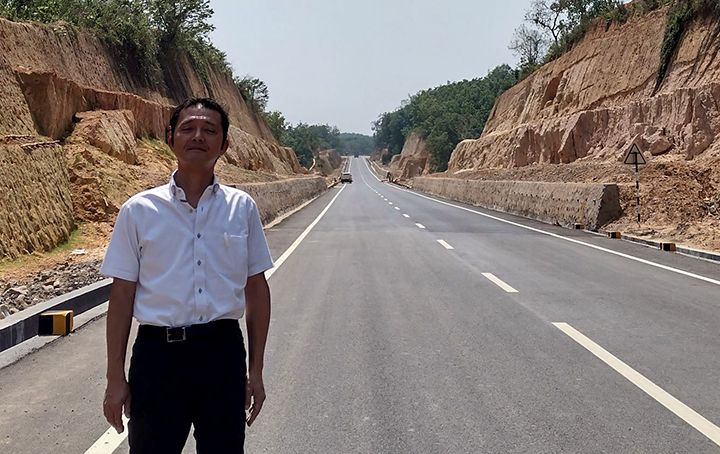
JICA India Office Chief Representative Saito Mitsunori on his visit to a road construction site in the state of Tripura.
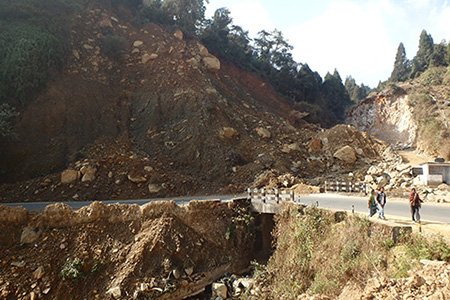
A national highway through the mountainous region of
Northeast India prior to the development project.
The exposed slopes increase the risk of falling rocks.
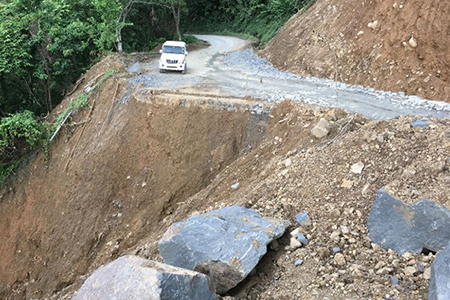
Photo: Nippon Koei Co., Ltd.
JICA is currently supporting six road development projects in Northeast India. They include the construction of new roads as well as the widening and improvement of existing roads over a total distance of more than 750 kilometers. Phase 1 of the development project began in 2017 with improvements on a north-south arterial road in Mizoram, which borders Myanmar, and a north-south arterial road in the western part of Meghalaya, which shares a border with Bangladesh. In 2022, a national highway improvement project (Phase 6) was commenced, spanning Tripura and connecting to a road that leads to Chattogram, the second largest city in Bangladesh, and Matarbari, where a deep water port is being constructed with the assistance of JICA. Both projects will boost the flow of people and goods and improve overall connectivity.
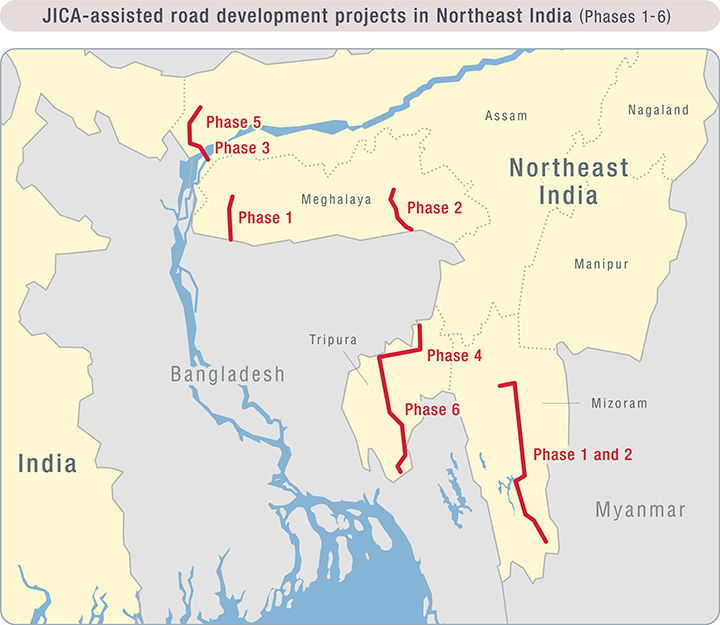
Chief Representative Saito says that in addition to the technical challenges unique to the mountainous terrain, there are also difficulties in the planning stages prior to construction.
“Different tribes make up the majority in each state, and even within states, communities are further divided into smaller units,” he says. “Each tribe has different customs regarding land rights, so negotiations for land acquisition and compensation can take time, and projects often do not proceed as planned. This problem doesn’t arise much in other parts of India."
Despite these unique circumstances, Saito says that the economic benefits of the completed projects will be immeasurable, and that issues are tackled one by one for the steady implementation of the projects.
Previously, there were no established guidelines dedicated to mountainous roads in areas such as planning and slope management, which led to challenges in proper planning and construction of roads in hilly areas. In collaboration with Japanese experts and engineers from India's Ministry of Road Transport & Highways, JICA therefore helped develop guidelines for design standards and maintenance for the safe and sustainable development of India’s mountain roads. The guidelines were published this year.
“The publication of these guidelines established a standard for engineering professionals to design and build mountain roads,” says Saito. “The guidelines cover construction of tunnels and bridges as well, and are a huge step forward."
Saito says that he feels a sense of comfort when visiting Northeast India, with some aspects reminding him of home. "Some of their food traditions are familiar to Japanese people,” he says. “They dine on fish from the rivers, and one dish is made of fermented beans—similar to Japanese natto—seasoned with chili peppers and eaten with rice."
Beyond the similar facial features and cuisine, there are also historical ties between this region and Japan. In 1944, towards the end of World War II, the Japanese military engaged in the Battle of Imphal in an attempt to capture the northeastern region of India, then under British rule. The effort resulted in more than 30,000 casualties and approximately 40,000 sick or wounded Japanese soldiers. Imphal, where this battle took place, is now the capital of Manipur in the northeastern region. “The Japanese military did not occupy Imphal, but they did occupy Kohima, the capital of the neighboring state of Nagaland, for about two months,” says Saito. "So this is also a place whose history should be remembered by Japanese people."

Saito Mitsunori has served as Chief Representative of JICA's India Office since 2021.
This is his second assignment in India; he was also posted in Delhi from 2006 to 2010.
Saito believes in the potential of Northeast India. "The region is blessed with untouched natural beauty, including tourist-drawing attractions like waterfalls several hundred meters tall,” he says. “The potential for development in this region should expand as roads are developed."
In 2014, India launched the Act East Policy, aimed at strengthening economic ties with ASEAN and other East Asian countries. Northeast India, which shares borders with Myanmar, serves as India's gateway to Southeast Asia, and improving access to neighboring countries is a pressing priority. In 2017, the governments of Japan and India launched the Act East Forum to engage in close discussions and emphasize efforts towards the development of India's northeastern region.
Saito believes that despite it bordering Bangladesh, which continues to experience stable economic growth, limitations on trade and the movement of people have resulted in missed economic opportunities for the state of Tripura. “Northeast India lacks a sound industrial base,” he says. “It is a mountainous region, making it difficult to develop an independent economy within its borders alone. I believe the key to development in this area lies in establishing strong connections with neighboring countries.”
Bangladesh’s Matarbari Port is approximately 200 kilometers from Tripura State. With the support of JICA, the port is currently being transformed into a deep sea port that can accommodate large container ships. With improved access to India, the developments are expected to generate significant economic benefits for India’s northeast.
A new initiative was launched last March under the Free and Open Indo-Pacific (FOIP), which aims for stability and prosperity in the Indo-Pacific region. The Japanese government proposed the concept of an industrial value chain for northeastern India and the Bay of Bengal, which is surrounded by India, Bangladesh, and Myanmar. The establishment of a cross-border economic zone with these neighboring countries is expected to stimulate industry, including the entry of Japanese companies.
scroll